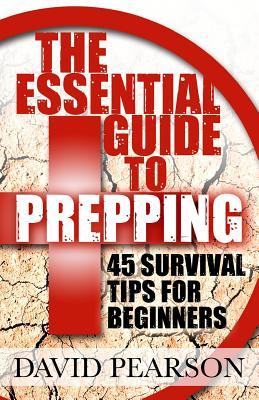Unexpected Doesn't Have To Mean Unprepared.
In today's fragile economic, political, environmental and social climate it's easy to see the necessity for becoming more self reliant. Disasters such as Hurricane Katrina, the Japan earthquake and nuclear disaster, and the Boston bombing have relayed to us again and again that no one is left untouched in tragedies such as these. Like the butterfly effect, disaster affects us all on a global scale, further bringing home the importance of having a plan, and making preparations to keep ourselves and our loved ones safe. It is simply a matter of defining what you feel is important for you to prepare for in the event of an emergency, whether it be something as simple and basic as taking measures to prepare for an unexpected power outage, your vehicle breaking down, job loss, or illness. It may also include environmental preparations for fire, flood, or earthquake. This book will help you to rethink your back up plans or create new ones should you not already have measures in place.
This easy to read DIY guide covers 45 survival tips on:
Repurposing what you already have
*Redefining your mindset (your biggest ally in a disaster scenario)
Disaster Nutrition
*Survival myths and common mistakes
Bugging out and personalizing a bug out bag
*Bugging-in in a variety of locations (home, office, apartment)
Water -purification, sourcing and storage
*Climate considerations
Creating an affordable and sustainable food storage pantry, including living and vital foods
*Portable food options
Personal security
*Privacy
Emergency preparation for the family with small children and babies
*Herbal first aid and foraging
Gear and product recommendations and affordable alternatives
*Alternative options for first aid kits, and medicine storage
Local assets - Locating nearby resources for water, aid, food and shelter
And more....
Scroll up and
grab your copy now!
About The Author
David has over 10 years experience in emergency and survival training from the oil and gas industry. He left his field after witnessing the startling devastation and impact that drilling is taking on our planet, its communities and natural resources. His greatest passion is being outdoors and learning new ways to tread lightly. He lives on a homestead in Oregon with his wife, two home-schooled children and his dog Ernie.
